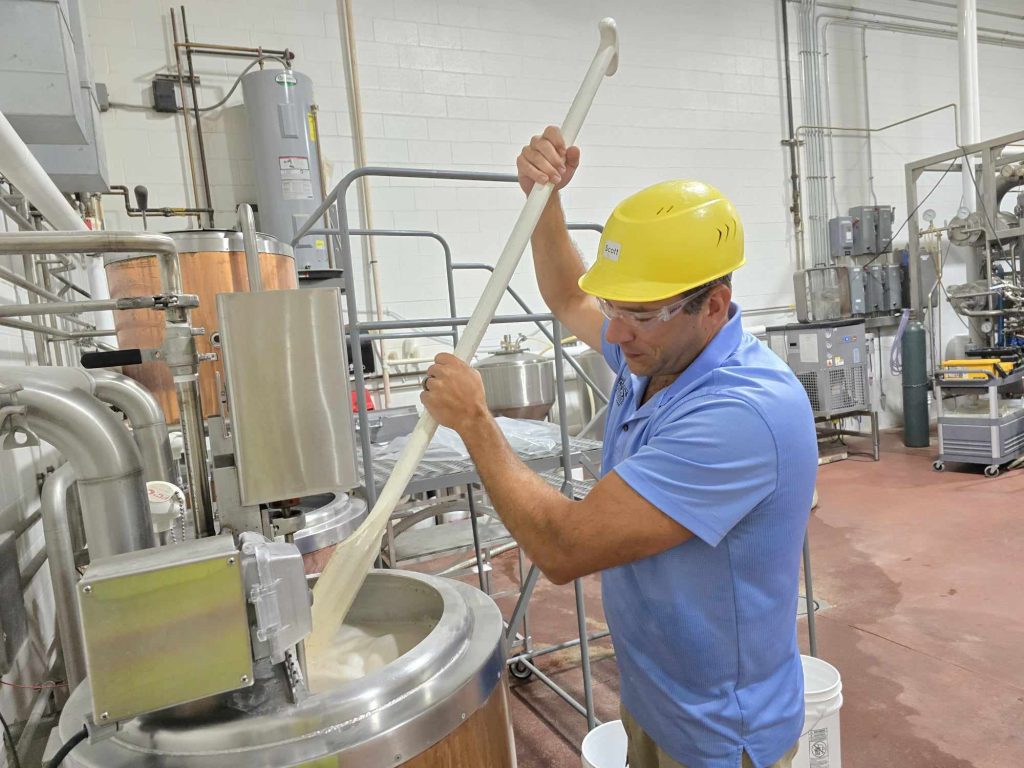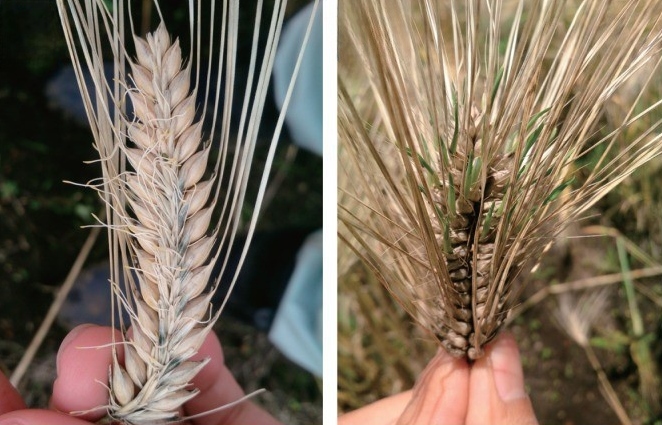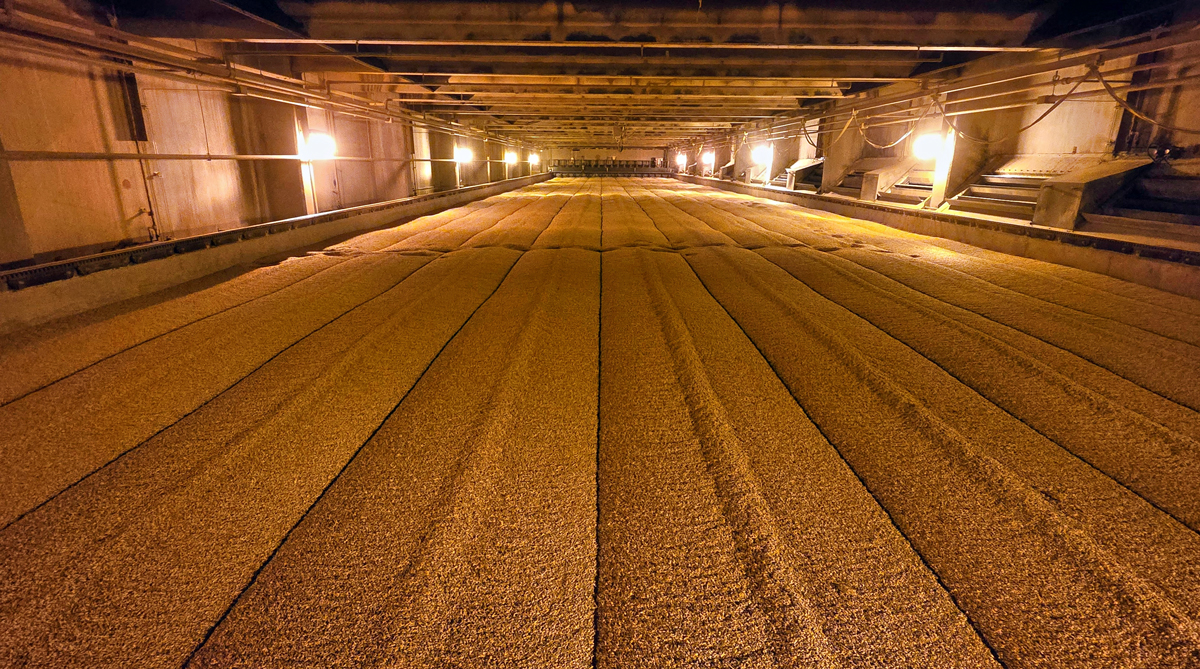UPDATED FROM THE ORIGINAL POSTING: March 10, 2021
To better understand the flavor contribution of decoction brewing we created a couple of beers to showcase the flavor difference between standard step mashing and decoction mashing. We opted for the often-decocted malt-forward style of Märzen. We also thought it would be interesting to explore the possibility of using additional malts to contribute decoction-like flavors. For this, we turned to American Honey Malt and added a third beer to our trials.
American Honey Malt derives a large portion of its flavor from melanoidins, which are formed by exposing the malts’ simple sugars and amino acids to high heat in the presence of moisture. Similar conditions exist in the process of decoction mashing, so it is not a stretch to assume they may impart similar flavors to beer.
The three Märzens were brewed to 14 Plato and all were hopped with 60-minute Magnum charges to achieve 22IBU. Here are the grist bills:

- Control
- 60% Goldpils® Vienna Malt
- 40% Bonlander® Munich Malt 10L
- step mash to simulate decoction holds
- Triple Decocted
- 60% Goldpils® Vienna Malt
- 40% Bonlander® Munich Malt 10L
- three decoctions with 30-minute boils
- w/ American Honey Malt
- 53% Goldpils® Vienna Malt
- 40% Bonlander® Munich Malt 10L
- 7% American Honey Malt
- step mash to simulate decoction holds

Here was our Triple Decoction process
- Mash-in to achieve 98°F
- Draw off the thickest 1/3 of the mash and slowly ramp to a boil
- Boil for 30 minutes, then return 1/3 hot mash to 2/3 low-temperature mash (full mash now 126°F)
- Repeat previous two steps two additional times (mash temperatures achieved 150 and 165°F)
- Lauter and boil wort
All three brews were assessed by 10 experienced tasters. Here are the abridged comments:

Conclusions
- There was a color difference between the Control and American Honey brew, but this could be fully accounted for in the formulation difference. On the other hand, the Decocted brew developed 1 SRM over the Control due to the additional heat input from boiling the mash.
- The decoction process had a big impact on beer flavor, maybe too much. Three 30-minute boils may have been excessive, but we really wanted to exaggerate the decoction flavor impact for our own education.
- The brew that included the American Honey Malt had some flavor attributes similar to the Decocted brew, such as a caramel aroma and a drying finish. While these two beers were much different, we feel they were more like each other than they were to the control.
- If I were to repeat this experiment I would go with a single or double decoction, as it seems the excessive boiling of the mash reduced the wonderful aromas of the Munich-style malts.
- Similarly, I would bring the amount of American Honey Malt closer to 4%, because although this was the most complex flavor profile, and preferred by many tasters, it was likely too complex for a traditional Märzen.
- In summary, each beer was unique and enjoyable, and there was no consensus favorite among the tasters.


